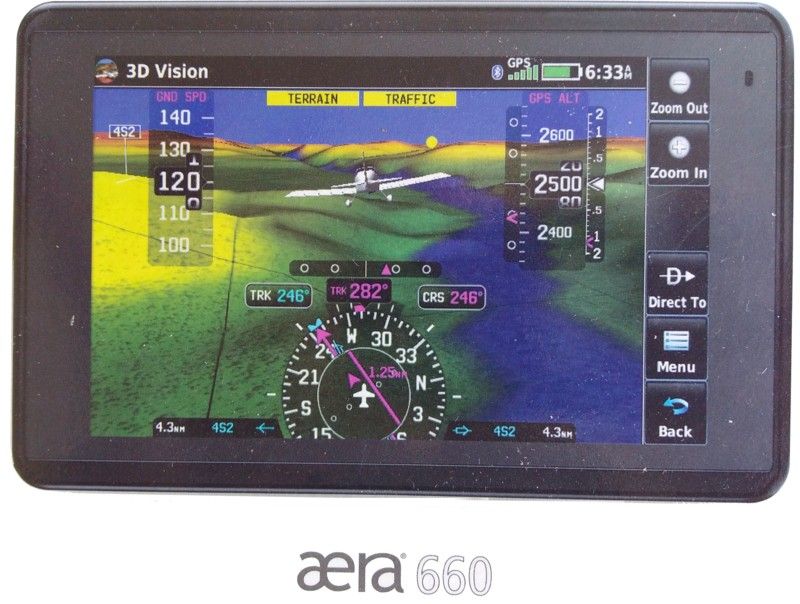LongRoadBob
Cleared for Takeoff
This has been something I couldn't put my finger on since starting flying...that bothered me.
Until starting flying lessons, it never occured to me that the horizon is always at the same place, two feet off the ground, or 2000 ft AGL. It's right THERE. Same apparent height, etc.
So...If the altimeter and VSI were broken, or covered over, it seems to me like other than the attitude of the plane, it could be very hard to know if you are descending or ascending.
One can look down, see if objects on the ground are getting larger but from a decent altitude, it might not be that apparent.
Can experienced pilots feel it, from the seat, or some other sense? Thinking if a gradual descent.
This started also with my trying to understand the dynamics of a steep turn. First 45 deg. bank I did (not very well) when the instructor was calling for more nose up, I realized my shallow banks hadn't prepared me for this, and that we were sinking a little but that it was still the stick to get that nose up that was required. But second question, it still is relative the horizon, but nose up also tightens the turn more correct? Does that also mean increase in airspeed?
edited: changed title, turns out it wasn't such a dumb question, or... I have asked dumber ones so..
Until starting flying lessons, it never occured to me that the horizon is always at the same place, two feet off the ground, or 2000 ft AGL. It's right THERE. Same apparent height, etc.
So...If the altimeter and VSI were broken, or covered over, it seems to me like other than the attitude of the plane, it could be very hard to know if you are descending or ascending.
One can look down, see if objects on the ground are getting larger but from a decent altitude, it might not be that apparent.
Can experienced pilots feel it, from the seat, or some other sense? Thinking if a gradual descent.
This started also with my trying to understand the dynamics of a steep turn. First 45 deg. bank I did (not very well) when the instructor was calling for more nose up, I realized my shallow banks hadn't prepared me for this, and that we were sinking a little but that it was still the stick to get that nose up that was required. But second question, it still is relative the horizon, but nose up also tightens the turn more correct? Does that also mean increase in airspeed?
edited: changed title, turns out it wasn't such a dumb question, or... I have asked dumber ones so..
Last edited:

